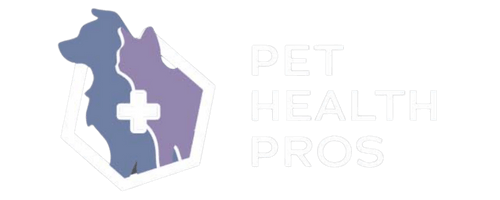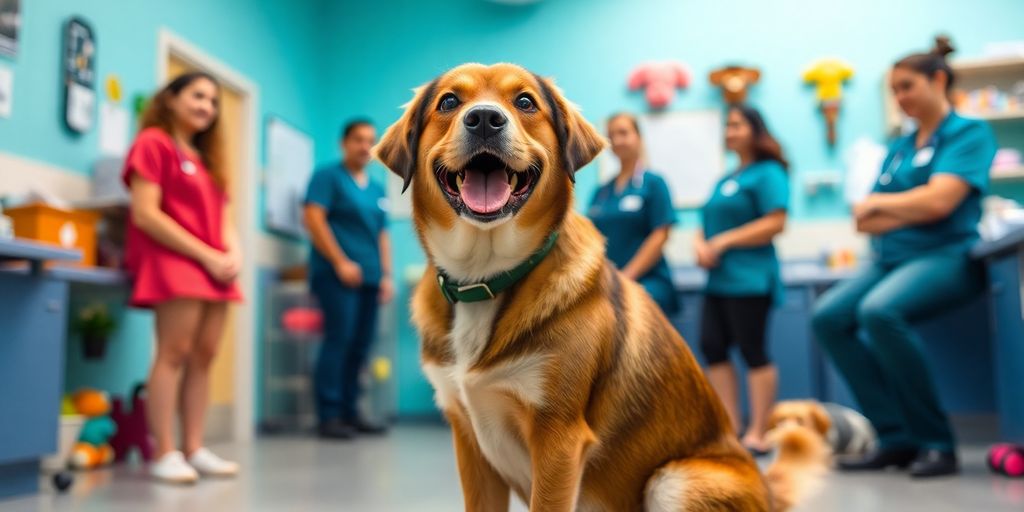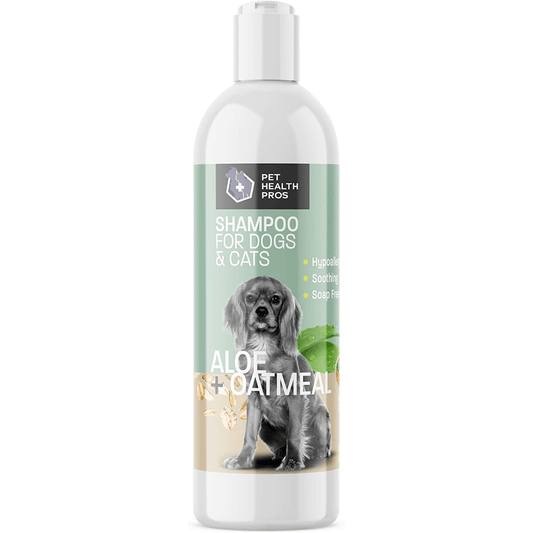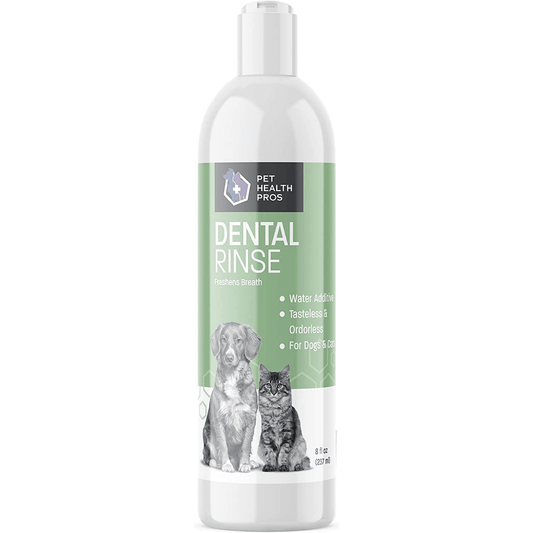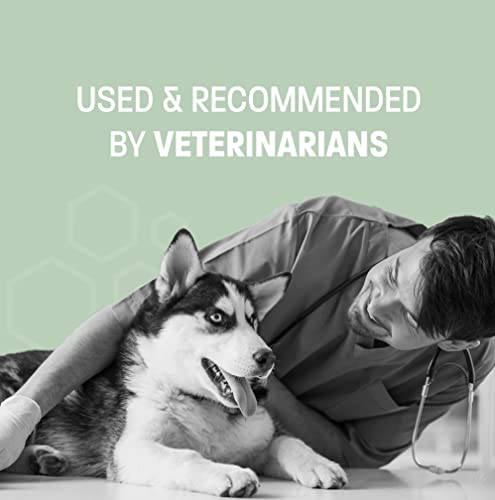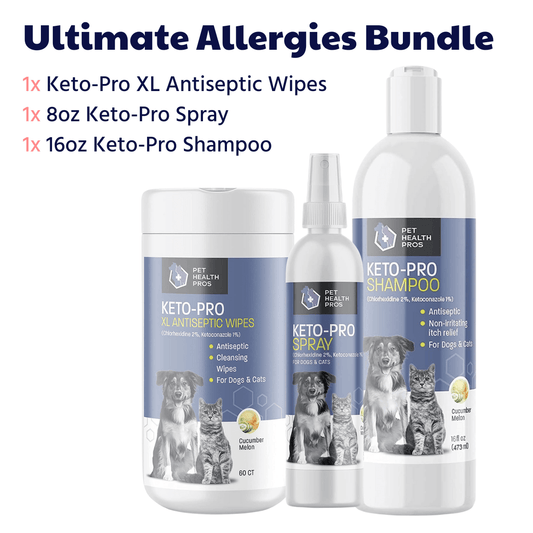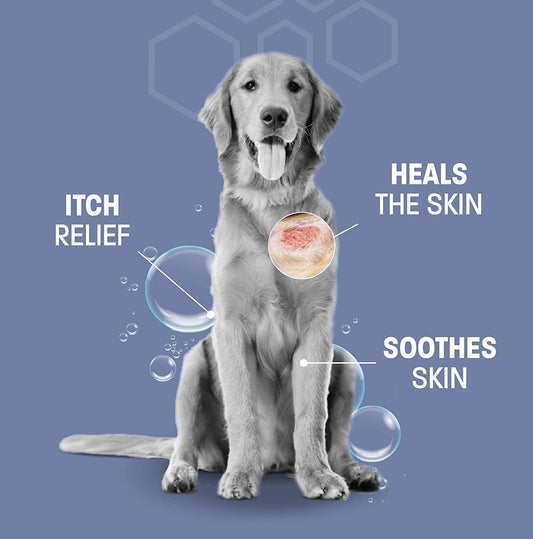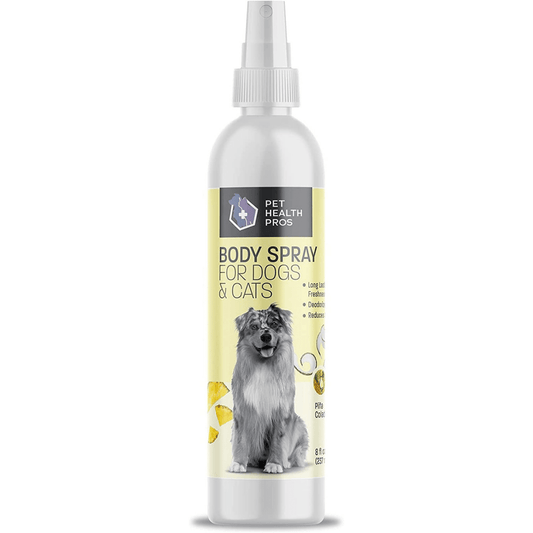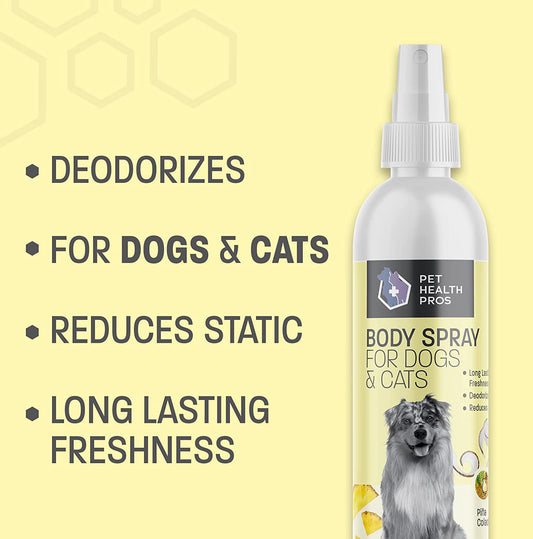Taking your dog to the vet can be quite the adventure, can't it? For some pups, it's like a trip to the park, but for others, it's a whole different story. They might get nervous, and suddenly, that wagging tail is nowhere to be seen. But don't worry, there are ways to make the whole vet visit a lot smoother for both you and your furry friend. Let's dive into some tips to make this experience as stress-free as possible.
Key Takeaways
- Understand what makes your dog anxious about vet visits by observing their behavior.
- Prepare your dog by getting them used to car rides and the vet's office environment.
- Choose a vet appointment time that fits your dog's daily routine to reduce stress.
- Create a comforting space for your dog during the visit with toys and calming aids.
- Communicate openly with your vet about your dog's health and any concerns you have.
Understanding Your Dog's Anxiety About Vet Visits
Recognizing Signs of Stress in Dogs
Your dog might not be able to tell you they're stressed, but they sure can show it. Look for signs like excessive panting, trembling, or even hiding. Dogs might also exhibit behaviors like licking their lips or yawning more than usual—these can be subtle hints that they're feeling uneasy.
Common Triggers for Anxiety
Dogs can get anxious for a bunch of reasons, and vet visits often hit a lot of those triggers. Strange smells, unfamiliar people, and other animals in the waiting room can all make your pup nervous. Even the car ride there can be a source of stress if your dog isn't used to it.
The Importance of Early Socialization
Getting your dog used to different environments and people early on can really help. Early socialization can make vet visits less of a shock. It's like building a foundation of confidence for your dog. Taking them to different places, letting them meet new people, and exposing them to various sounds can all contribute to a calmer dog at the vet's office.
Helping your dog feel at ease during vet visits isn't just about the day of the appointment. It's a process that starts with understanding their fears and working with them regularly to build confidence.
Preparing Your Dog for a Vet Visit
Taking your dog to the vet can be a stressful experience, but with a little preparation, it doesn't have to be. Here are some practical tips to help make the visit as smooth as possible.
Acclimating Your Dog to the Car
Many dogs experience anxiety when riding in cars, which can add to the stress of a vet visit. Start by taking your dog on short car rides to places they enjoy, like the park. Gradually increase the length of these trips to help them get used to the motion and sounds of the car. You can also make the car a fun place by giving them treats or toys they love during the ride.
Familiarizing Your Dog with the Vet's Office
Before the actual appointment, consider taking your dog to the vet's office just to explore. This will help them associate the place with positive experiences rather than just medical procedures. If possible, let them meet the staff and sniff around the waiting area. This way, the surroundings will be more familiar and less intimidating when it's time for their appointment.
Using Positive Reinforcement Techniques
Positive reinforcement is a powerful tool in making vet visits less stressful. Reward your dog with their favorite treats and lots of praise when they behave calmly during the visit. This not only helps reduce anxiety but also builds a positive association with the vet. Remember, consistency is key, so keep rewarding them for good behavior at every visit.
Preparing your dog for a vet visit is not just about the day of the appointment but involves a series of small, thoughtful actions that help them feel more at ease. With patience and practice, you can turn vet visits into a less stressful experience for both you and your furry friend.
Choosing the Right Time for a Vet Appointment
Considering Your Dog's Routine
When scheduling a vet appointment, it's important to think about your dog's daily routine. Try to pick a time when your dog is usually calm and relaxed. For instance, if your dog tends to be more laid-back in the morning after a good night's sleep, that might be the ideal time for a visit. Keeping your dog's routine in mind can help minimize stress and make the visit smoother.
Avoiding Busy Hours at the Clinic
Veterinary clinics can get quite busy, especially during peak hours. To avoid long waits and crowded waiting rooms, consider scheduling appointments during less hectic times. Mid-mornings or early afternoons on weekdays are often quieter. This not only reduces stress for your dog but also allows the vet to spend more time focusing on your pet's needs.
Scheduling During Calm Periods
Picking a calm period in your dog's life for a vet visit can be beneficial. Avoid scheduling appointments during times of change or stress at home, like moving or introducing a new pet. By choosing a peaceful time, your dog is more likely to remain calm and cooperative during the visit.
Remember, taking your dog to the vet doesn't have to be a stressful experience. By planning ahead and considering your dog's needs, you can make the visit a positive one for both of you. For more tips on keeping your dog calm during vet visits, consider these strategies that have proven effective for many pet owners.
Creating a Comfortable Environment During the Visit
Bringing Your Dog's Favorite Toys
When heading to the vet, remember to pack your dog's favorite toys. These familiar items can provide comfort and distract your pet from the unfamiliar environment of the vet's office. Toys can help keep your dog occupied while waiting, reducing anxiety and stress. You might want to bring a chew toy or a soft plush toy, something that your dog loves and finds soothing.
Using Calming Aids and Products
Calming aids can be a great help in making your dog's vet visit less stressful. Products like pheromone sprays or calming collars can work wonders in creating a soothing atmosphere. They mimic natural calming signals and can help your dog feel more at ease. Additionally, consider using dog eye wipes as part of your routine to keep your dog's eyes clean and reduce discomfort. Always test new products at home first to ensure they suit your dog.
Ensuring a Safe and Secure Carrier
For smaller dogs, a secure carrier is essential. It provides a safe space for your dog during the trip and while in the waiting area. Make sure the carrier is well-ventilated and comfortable. Line it with a soft blanket or towel that smells like home. This familiar scent can help your dog feel more relaxed. If your dog isn't used to a carrier, practice at home by letting them explore it and rewarding them with treats for going inside.
A calm dog is more likely to have a positive experience at the vet. By creating a comfortable environment, you're setting the stage for a stress-free visit.
Communicating Effectively with Your Veterinarian
Sharing Your Dog's Medical History
When you visit the vet, having a clear understanding of your dog's medical history is incredibly important. Bringing a detailed record of past treatments, medications, and any known allergies can make a huge difference in the care your vet provides. Keep a folder or digital file with all relevant documents, including vaccination records, previous illnesses, and surgeries. This will help the vet assess your dog's current health status and make informed decisions.
Discussing Behavioral Concerns
It's not just about physical health; your dog's behavior matters too. If you've noticed any changes in behavior, like increased aggression or anxiety, make sure to bring it up during the visit. Vets can provide insights into whether these behaviors might be linked to health issues or if they require separate behavioral interventions. Open communication about these concerns can lead to better strategies for managing your dog's overall well-being.
Understanding Treatment Options
When the vet suggests a treatment or a procedure, it's essential to understand what it entails. Don't hesitate to ask questions about the purpose, benefits, and potential side effects. Consider discussing alternative treatments if available. This conversation ensures you're comfortable with the plan and fully aware of what to expect. Remember, your vet is there to help, and being informed empowers you to make the best decisions for your dog's health.
Regular vet check-ups are essential for your dog's health. Key discussion points include diet and nutrition, exercise routines, vaccinations and preventive care, behavioral issues, and geriatric care for older dogs. Addressing these topics ensures your dog's well-being and longevity.
Post-Visit Care and Monitoring
Observing Your Dog's Behavior After the Visit
Once you get home from the vet, take some time to observe your dog's behavior. It's important to watch for any unusual signs like excessive licking, limping, or changes in appetite. These can be indicators that something might not be quite right. If you notice any concerning behaviors, don't hesitate to reach out to your vet for advice.
Managing Post-Visit Anxiety
Vet visits can be stressful for dogs, and it's not uncommon for them to feel a bit anxious afterward. To help your dog relax, consider creating a calm environment at home. You might try:
- Giving them a quiet space to rest.
- Offering a favorite toy or blanket.
- Using soothing music or white noise.
These small actions can make a big difference in helping your dog feel more at ease.
Planning Follow-Up Visits
Regular health checks are crucial for pets, enabling early detection and prevention of health issues. Key checks include monitoring weight to prevent obesity, maintaining dental hygiene, and ensuring mental well-being through stimulation. Pets receiving regular check-ups tend to live longer, highlighting the importance of these visits for a happy and healthy life.
When planning the next visit, consider your dog's routine and try to schedule appointments during times that are less stressful for them. This could mean avoiding busy clinic hours or choosing a time when your dog is usually calm and relaxed.
Keeping track of your dog's health and behavior after a vet visit is essential for their well-being. It helps ensure that any potential issues are caught early and managed effectively.
After your visit, it's important to keep an eye on your pet's health. Make sure to follow any care instructions given by your vet. If you notice anything unusual, don't hesitate to reach out for help. For more tips and products to support your pet's recovery, visit our website today!
Wrapping It Up
Taking your dog to the vet doesn't have to be a nerve-wracking experience for either of you. With a bit of preparation and patience, you can make the trip smoother and less stressful. Remember, your dog picks up on your vibes, so staying calm and positive is key. Bring their favorite toy or blanket for comfort, and don't forget the treats for being such a good pup. Over time, these visits will become just another part of your routine. So, next time you head to the vet, take a deep breath, and know that you're doing what's best for your furry friend.
Frequently Asked Questions
How can I tell if my dog is stressed about going to the vet?
Look for signs like panting, pacing, whining, or hiding. These can show your dog is nervous about the vet.
What can cause my dog to feel anxious at the vet?
Loud noises, strange smells, and unfamiliar people can make dogs anxious during vet visits.
How can I help my dog get used to car rides?
Start with short trips around the block and gradually increase the distance to help your dog get comfortable with car rides.
What should I bring to make my dog feel safe at the vet?
Bring your dog's favorite toy or blanket to provide comfort and a sense of security during the vet visit.
How can I use treats to make vet visits easier?
Use treats as rewards for calm behavior before, during, and after the vet visit to create positive associations.
When is the best time to schedule a vet appointment?
Try to book appointments during quieter times at the clinic and when your dog is usually calm and relaxed.
